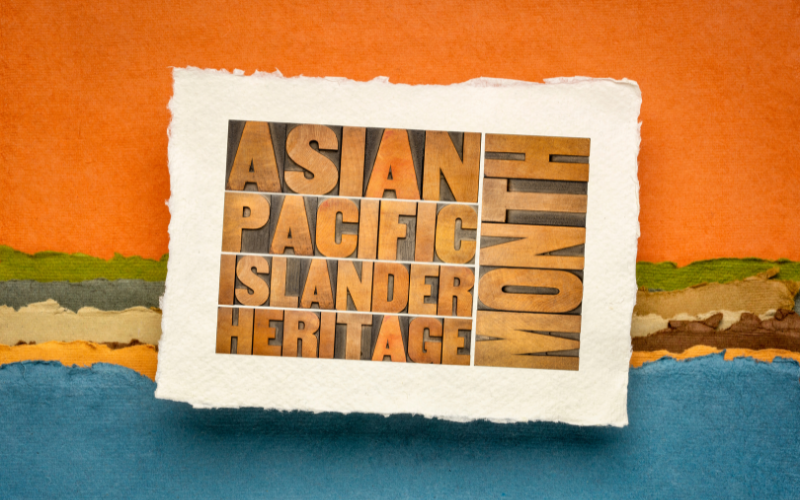EMDR therapists can celebrate Asian American, Native Hawaiian, Pacific Islander (AANHPI) Heritage Month by intentionally using the lens of Community Cultural Wealth to identify internal and external resources in their clients. We asked EMDRIA members for video or written responses for the following:
“Describe ways that you incorporate community cultural wealth into your work with clients who identify as AANHPI. For instance, what internal or external cultural resources might you install or strengthen to help these clients?”
***NOTE: Play the video and click on the ‘CC’ icon in the lower right-hand corner for closed captioning on the videos.
“As an EMDR Certified Therapist and American Filipino, I am committed to promoting cultural inclusivity and sensitivity, inspired by my mother’s journey to the U.S. My approach incorporates attachment and parts work, specifically tailored to the needs of AANHPI individuals dealing with adjustment issues, family dynamics, trauma, depression, and anxiety. I believe that healthy attachment is key to breaking generational trauma patterns and fostering healing and resilience within the AANHPI community. In therapy, I help clients connect with their cultural values, including spiritual beliefs, and guide them in developing an internal nurturing figure to support healthy attachment and address their current needs. My goal is to empower AANHPI individuals and families to heal, grow, and thrive by enhancing their sense of self and identity in all aspects of their lives. Thank you for acknowledging and celebrating AANHPI Heritage this month.
*** Judy Lui, RP
“I have a caseload full of mostly AAPI clients; common themes I see are feelings of extreme obligation and having been parentified. I have found that the adaptive resources needed often are twofold, grace toward the systemic heirlooms, as well as justice/appropriate boundaries internally and externally. The latter is often more complex, involving meta-emotions, resources regarding making and reinforcing boundaries, grace toward clients’ various wounded parts, updating, retrieving, unburdening, and grieving. Compassion and Grace with appropriate boundaries toward the system on every level seems to be most pivotal.”
Back to Focal Point Blog Homepage
Additional Resources
If you are a therapist interested in the EMDR training:
- Learn more about EMDR at the EMDRIA Library
- Learn more about EMDR Training
- Search for an EMDR Training Provider
- Check out our EMDR Training FAQ
If you are EMDR trained:
- Check out EMDRIA’s Let’s Talk EMDR Podcast
- Check out the EMDRIA blog, Focal Point
- Learn more about EMDRIA membership
- Search for Continuing Education opportunities
If you are an EMDRIA Member:
Date
May 17, 2024
Practice & Methods
DEI/IDEA, Resourcing





